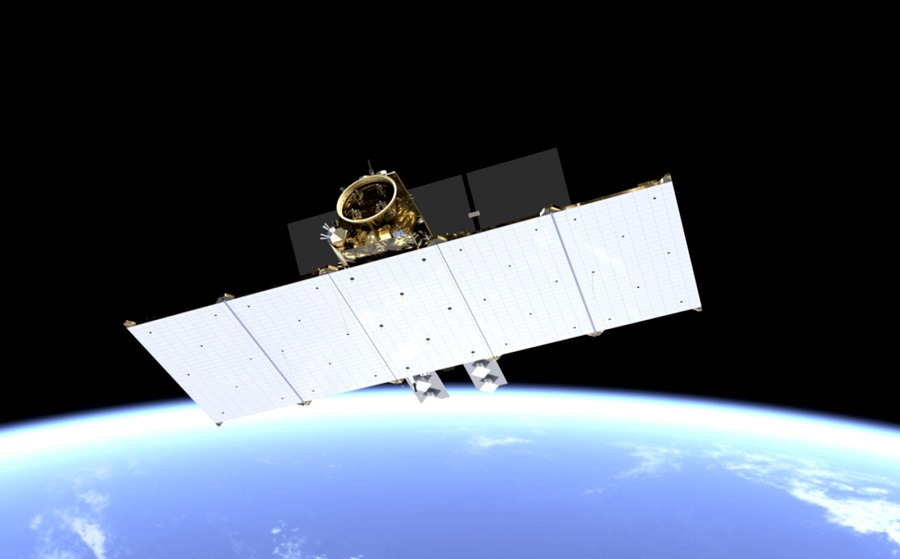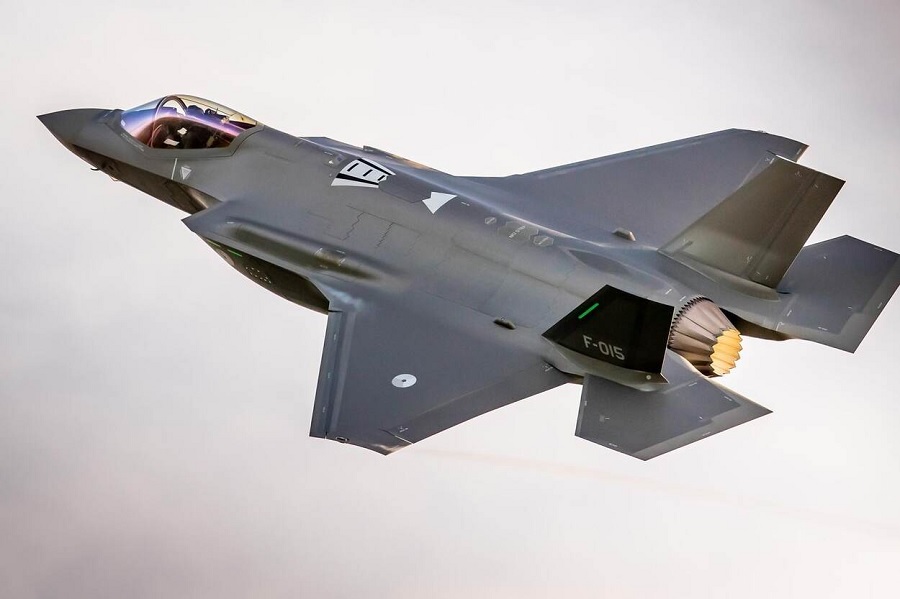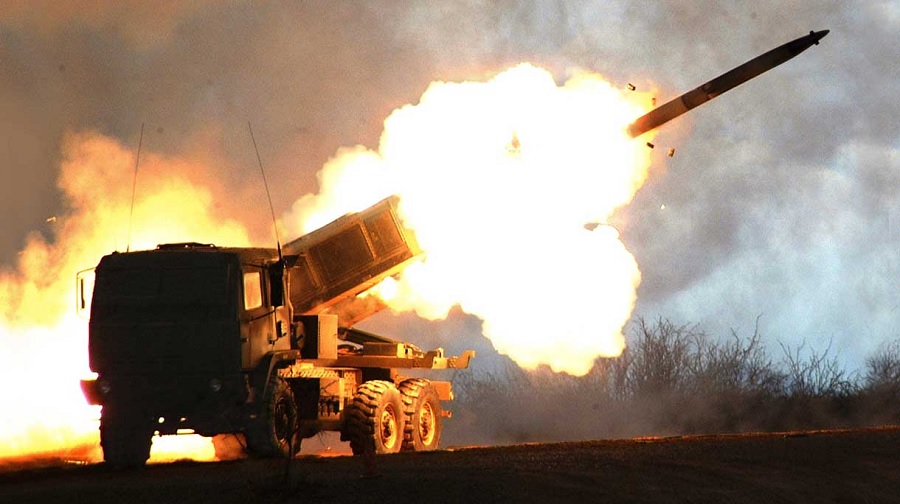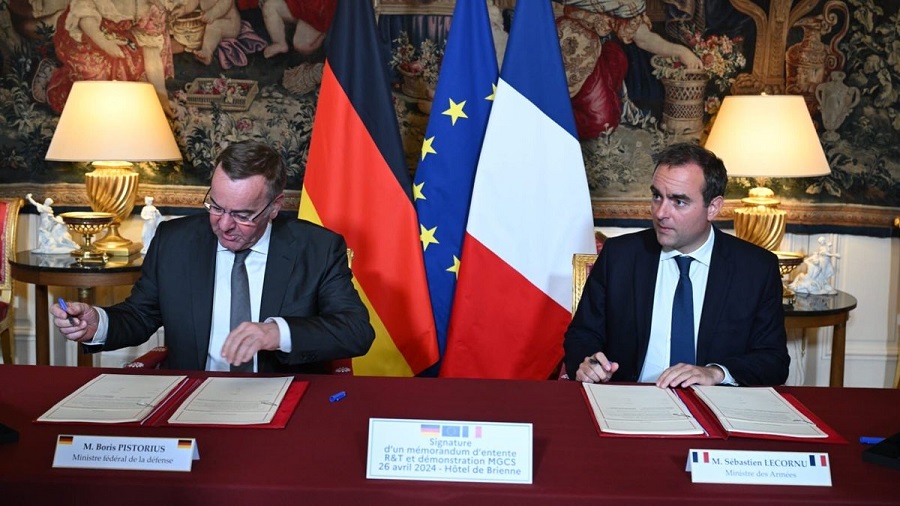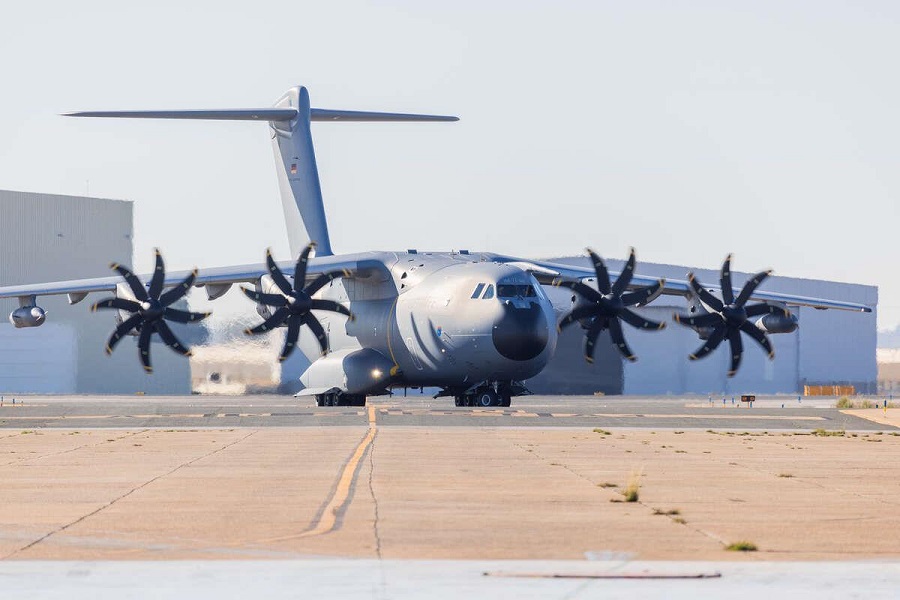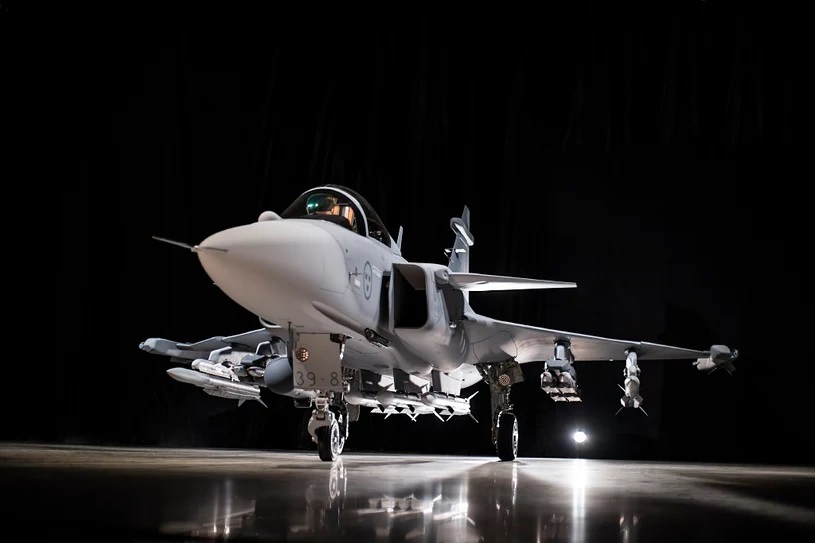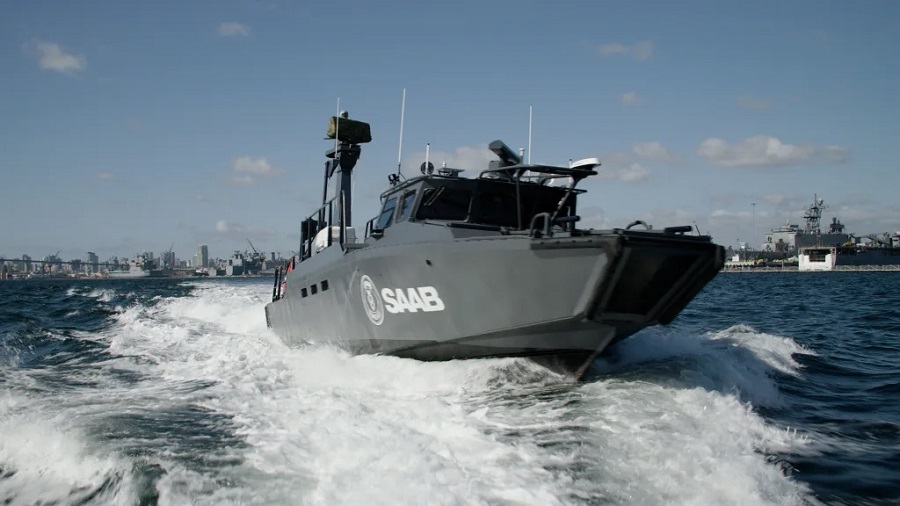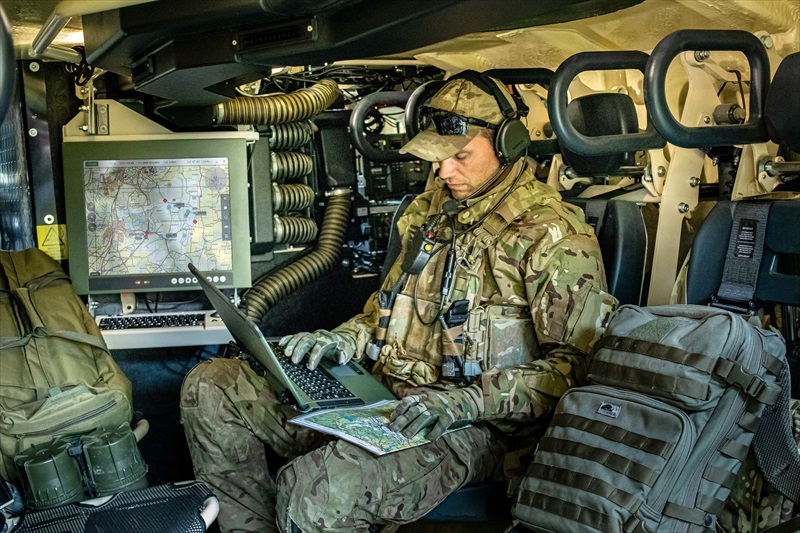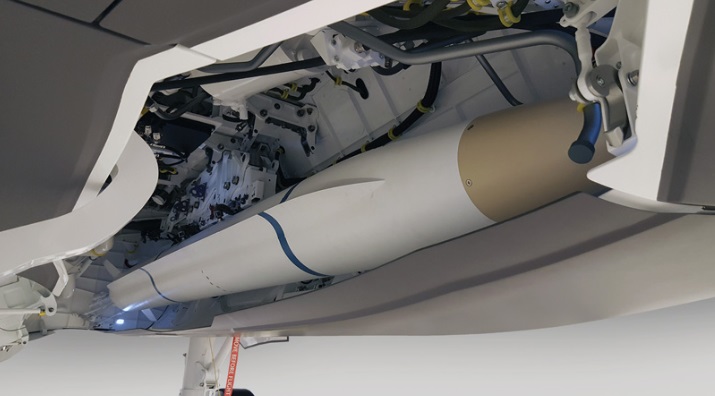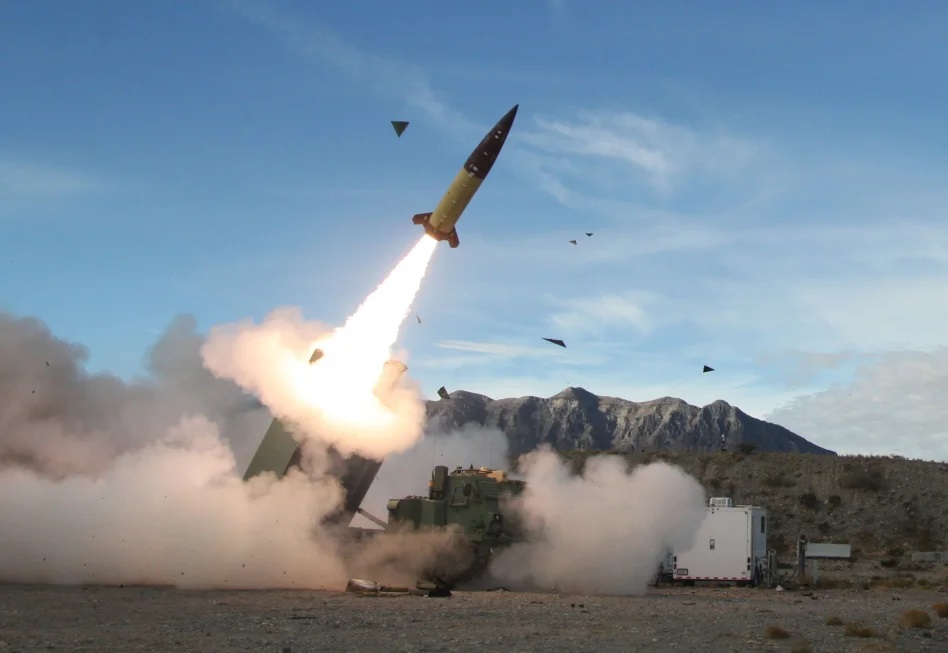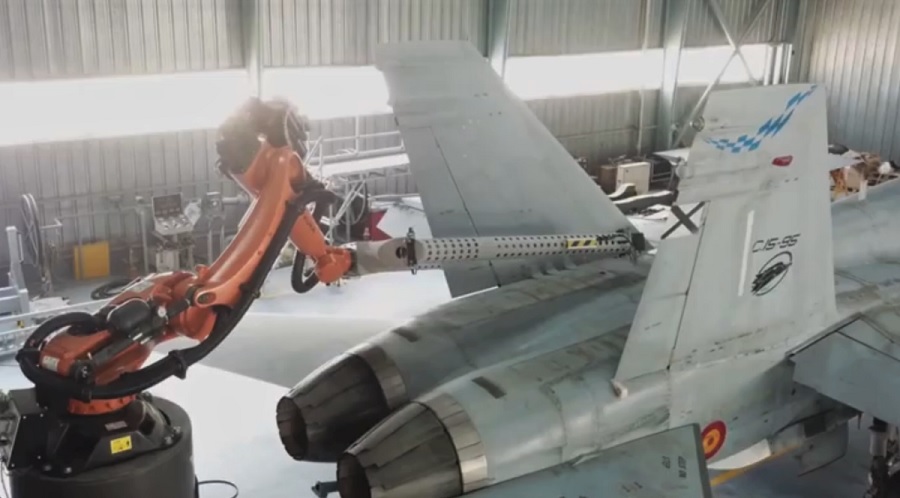“With these new contracts, OHB Sweden is once again proving that it is a reliable supplier of propulsion subsystems for Thales Alenia Space and ESA. OHB Sweden is a partner in three of these Copernicus missions: CHIME, ROSE-L and CO2M. We are proud to be part of this programme that will enable humankind to maintain a sustainable Earth,” said Benoit Mathieu, Managing Director, OHB Sweden.
Continuing the successful build of propulsion subsystems for ESA missions such as Solar Orbiter (launched 2020), Biomass, Euclid and PLATO, OHB Sweden has started the work to design, manufacture, integrate, test and deliver monopropellant propulsion subsystems for two of the new missions in the ESA/EU Copernicus Sentinel Expansion programme, CHIME and ROSE-L. The contracts are for two satellites for each mission, with an option for a third.
The satellites of the original Copernicus Sentinel programme (Sentinel 1-6) carry a varied range of payloads, such as radar and multi-spectral imaging instruments for land, ocean and atmospheric monitoring. Data from the Copernicus Sentinels, which are developed by ESA, feed into the Copernicus Services, which help address challenges such as urbanisation, food security, rising sea levels, diminishing polar ice, natural disasters and, of course, climate change.
Looking to the future, six Sentinel Expansion missions are being developed to address EU policy and gaps in Copernicus user needs, and to expand the current capabilities of the Copernicus Space Component.
CHIME – Copernicus Hyperspectral Imaging Mission for the Environment
CHIME will carry a unique visible to shortwave infrared imaging spectrometer to provide routine hyperspectral observations. This allows for are more sustainable agricultural management with a focus on soil properties, mineral resources and agricultural services, including food security and biodiversity. The mission will complement Copernicus Sentinel-2 observations with an imaging spectroscopy observational capability for services supporting the improved management of natural resources.
ROSE-L – Copernicus L-Band Synthetic Aperture Radar
The ROSE-L (Radar Observing System for Europe – L-Band) mission will be equipped with an L-band synthetic aperture radar and will enable soil moisture monitoring, land cover mapping, crop type and condition discrimination, biomass estimation, food security and precision agriculture enhancement, marine monitoring and natural and anthropogenic hazard characterisation. The mission will also contribute to the operational monitoring of the cryosphere and polar regions, including sea ice mapping and land ice monitoring.


